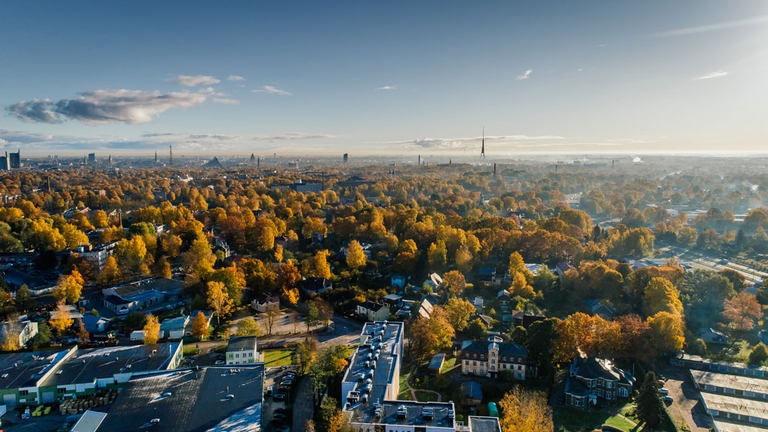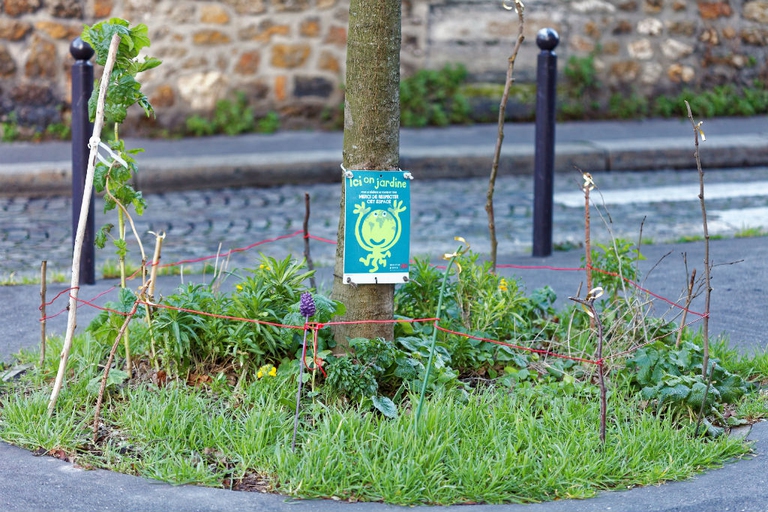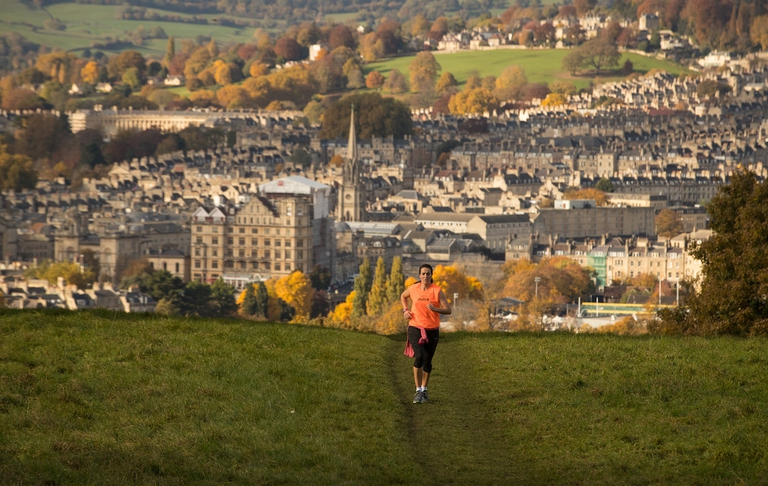
The Amazon became an alternative classroom during the pandemic. Now, the educational forest in Batraja, Bolivia, lives on to teach children and adults the value of nature.
Trees and forests are our allies inside cities too. They reduce average temperatures, shelter us from storms and clean the air we breathe.
Urban forests, in combination with sustainable mobility measures that include increasing hybrid cars, public transport and bicycles, are able to make cities safer, help mitigate climate change and improve citizens’ health. This has been confirmed in a report by the United Nations’ Food and Agriculture Organisation (FAO).
The document entitled Guidelines on Urban and Peri-urban Forestry was presented on the 16th of October in Quito, Ecuador, during the Habitat III conference: a global summit that takes place every twenty years to assess the progress of sustainable development in cities. “Urbanists and other decision-makers are often unaware of the crucial economic, social and environmental benefits provided by urban forestry, which means they’re investing funds on other things,” Simone Borelli, one of the book’s authors, points out. “This publication shows that shifting from ‘grey to green’ represents a wise investment that can improve many aspects of citizens’ lives”.
Though the positive effects of trees on our health and well-being seem obvious, often the management of public green spaces isn’t at the top of local authorities’ priorities. Nevertheless, the FAO’s guidelines confirm that 70 per cent of the world population will live in cities by 2050 and in the context of growing urbanisation, forests and green spaces will be invaluable allies in efforts to achieve sustainable development.
They can in fact protect us from extreme meteorological events, as well as improve the quality of air and water, reduce energy use and lower temperatures. The report confirms that forests are able to improve well-being: green spaces in cities encourage healthier and more active lifestyles, and reduce atmospheric and acoustic pollution. “A 10 per cent increase in green areas can delay the insurgence of health problems up to five years,” according to the FAO.
Read more: As seas rise, nature can protect our cities
Urban forests can also become cradles of biodiversity. It is estimated that 20 per cent of all bird species and 5 per cent of vascular plants live in cities. Amsterdam alone is home to 200,000 trees, which give shelter to 140 different species of birds, 34 mammals, 60 fish and six between frogs and salamanders (according to UNE and ICLEI data from 2008).
“These guidelines can contribute to boosting communities’ awareness of how trees and forests can improve quality of life,” Borelli says. “As well as their vital role in encouraging global sustainability“.
Siamo anche su WhatsApp. Segui il canale ufficiale LifeGate per restare aggiornata, aggiornato sulle ultime notizie e sulle nostre attività.
![]()
Quest'opera è distribuita con Licenza Creative Commons Attribuzione - Non commerciale - Non opere derivate 4.0 Internazionale.
The Amazon became an alternative classroom during the pandemic. Now, the educational forest in Batraja, Bolivia, lives on to teach children and adults the value of nature.
Our species took its first steps in a world covered in trees. Today, forests offer us sustenance, shelter, and clean the air that we breathe.
Bangladesh suffered widespread damage as a result of Cyclone Amphan. Yet the Sundarbans mangrove forest acted as a natural barrier protecting the country from further destruction, as it has done countless times before.
On top of a 2.4 million dollar compensation, the indigenous Ashaninka people will receive an official apology from the companies who deforested their lands in the 1980s.
The tapir was reintroduced into Brazil’s Atlantic Forest, the country’s most at-risk ecosystem. The species can play a key role in the forest’s recovery.
Forests are home to 80 per cent of the world’s terrestrial biodiversity. This year’s International Day of Forests highlights the urgent changes needed to save them.
After a legal battle that lasted two years, Indonesia’s Supreme Court has revoked the permit to mine for coal in the forests of South Kalimantan in Borneo.
The list of human and animal victims of the Australia wildfires keeps growing – one species might already have gone extinct – as the smoke even reaches South America.
Areas where the FARC guerrilla used to hold power in Colombia have faced record deforestation. Farmers cut down trees, burn land and plant grass for cows. Because, “what else can we do for a living here in the Colombian Amazon”? An intimate report from the heart of the felled forest in Caquetá.










